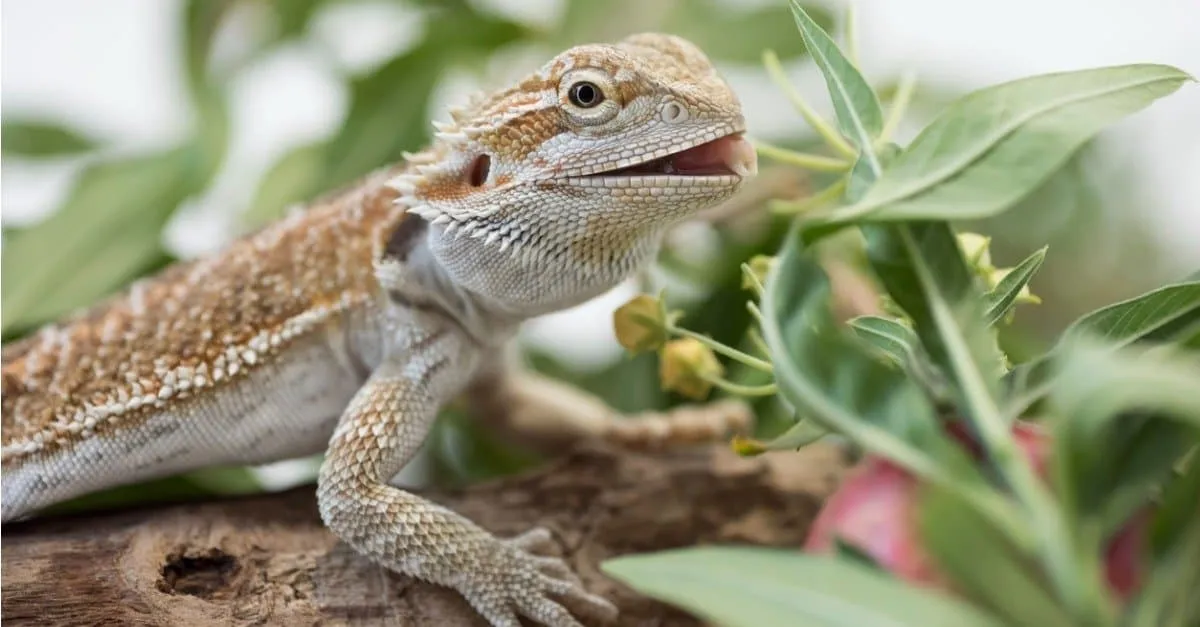Bearded Dragon vs Tarantula The Ultimate Showdown
The world of exotic pets often presents unexpected scenarios, and one that frequently sparks curiosity is the encounter between a bearded dragon and a tarantula. This clash of species, a reptile versus an arachnid, is a dramatic example of nature’s food chain at work. This article delves into the fascinating dynamics of this encounter, exploring the hunting instincts of bearded dragons, the defenses of tarantulas, the potential risks, and the ultimate outcome of this deadly battle. Whether you’re a seasoned reptile enthusiast or simply curious about the animal kingdom, this analysis provides valuable insights into the fascinating interaction between these two creatures.
The Hunter Bearded Dragon’s Hunting Instinct
Bearded dragons, known for their docile nature as pets, are opportunistic hunters in the wild. Their hunting strategy relies on a combination of keen eyesight, patience, and a lightning-fast strike. They are primarily insectivores, but their diet can expand to include other small creatures. They are ambush predators, waiting for the perfect moment to strike. In captivity, their hunting instinct is often satisfied through feeding live insects, which provides mental stimulation and fulfills their natural behaviors. This predatory drive is a fundamental aspect of their biology, shaping their interactions with the environment and influencing their choices when prey is available. This is the key to the bearded dragon’s hunting style.
Bearded Dragon’s Natural Diet

In their natural habitat, the diet of a bearded dragon is diverse and dictated by the availability of food sources. Insects form a major component of their nutrition, which include crickets, mealworms, roaches, and other bugs. The bearded dragon’s diet also includes plant matter such as leaves, flowers, and fruits, especially as they mature. This balance of protein from insects and nutrients from plants is essential for their overall health and growth. Understanding their natural diet is critical to providing them with a suitable diet. This ensures optimal nutrition and prevents health issues, like metabolic bone disease. Providing a varied diet will provide a long and healthy life.
The Tarantula A Formidable Foe
Tarantulas, on the other hand, are formidable predators in their own right. These large, hairy spiders possess a range of defense mechanisms, including fangs capable of delivering venom and urticating hairs. These hairs are barbed and can cause irritation to deter potential predators. Tarantulas are patient hunters, often ambushing their prey from burrows or concealed locations. Their size and potent venom make them a threat to various animals, including small reptiles. While they may not be aggressive, they are well-equipped to defend themselves when threatened. They utilize their fangs to inject venom to subdue their prey and quickly incapacitate them. The size and nature of the tarantula will determine the outcome of the confrontation.
Tarantula’s Defense Mechanisms
Tarantulas have evolved a number of defenses against predators. Their primary defense is their fangs and venom. They can deliver a painful bite and inject venom to quickly immobilize threats. They also have urticating hairs on their abdomen. These hairs are flicked towards perceived threats, causing intense itching and irritation to deter attacks. Some species also possess strong jaws and the ability to bite, and their large size can sometimes be a deterrent. These defense mechanisms are crucial for tarantulas to survive. They protect the tarantula from potential predators and allow them to survive in their natural environments.
The Deadly Clash The Battle Begins
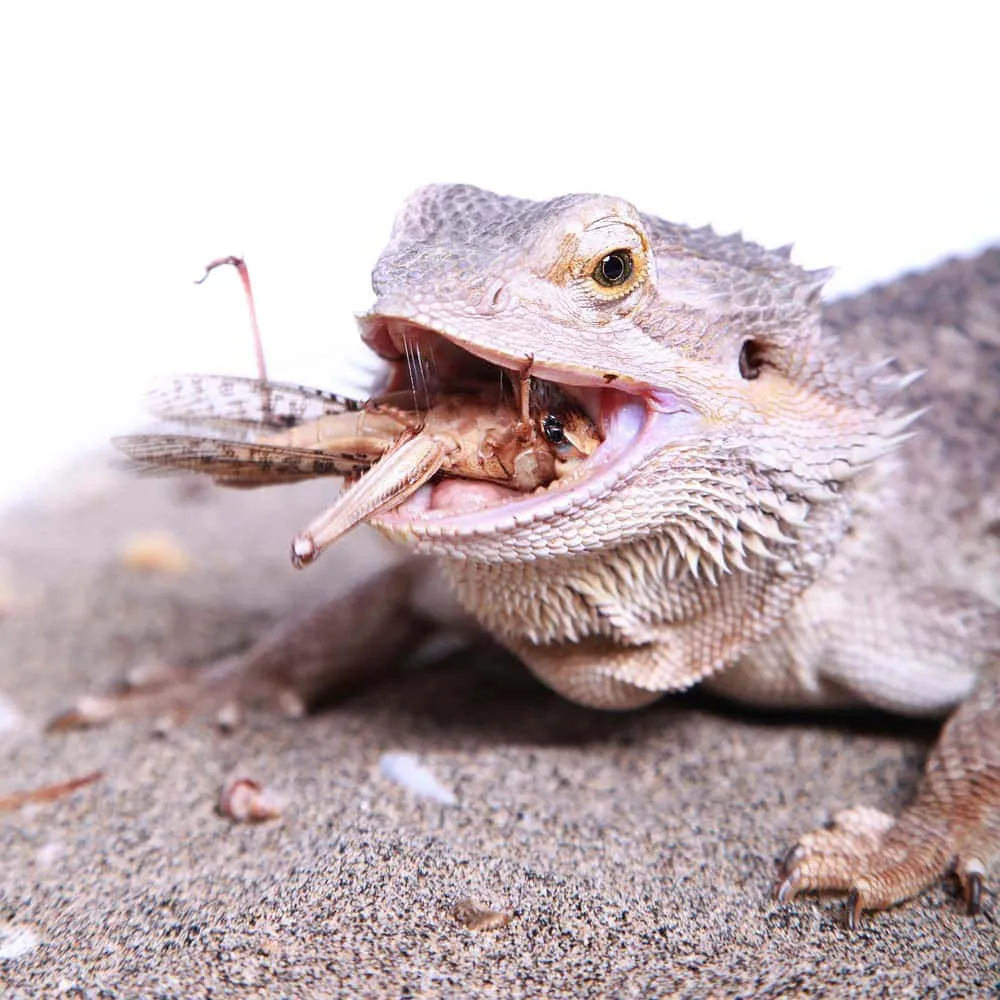
When a bearded dragon and a tarantula encounter each other, a deadly battle can unfold. The bearded dragon, driven by its hunting instincts, may see the tarantula as a potential meal. This is especially true if the dragon is young or if it is not getting enough food. The tarantula, in turn, will respond defensively, employing its arsenal of defenses to protect itself. The outcome of this clash depends on a number of factors. The size and age of the dragon and the tarantula, along with environmental conditions, all contribute to the final outcome. The interaction can range from a quick, successful hunt for the dragon to a standoff where neither creature prevails.
The Attack
The attack typically begins with the bearded dragon using its speed and agility. The dragon will approach the tarantula with caution, positioning itself to strike. It will use its powerful jaws to grasp the tarantula, and the tarantula will try to get away. The bearded dragon may initially try to bite the tarantula’s body, attempting to subdue it quickly. The tarantula will try to defend itself by attempting to get away and will bite the dragon. This is a dangerous confrontation that could lead to injuries for either party, and the attack will be over quickly.
The Bite
The bite from the tarantula can be dangerous. The tarantula will attempt to bite with its fangs, injecting venom. The venom can cause pain and localized swelling. The impact of the bite will depend on the size of the tarantula, the amount of venom injected, and the bearded dragon’s sensitivity. The bite can be very painful, but it’s rare for a bearded dragon to die from a tarantula bite. The tarantula’s venom can be a deterrent, but the bearded dragon’s thick skin can sometimes provide some protection. Medical attention will be needed, depending on the severity.
The Aftermath
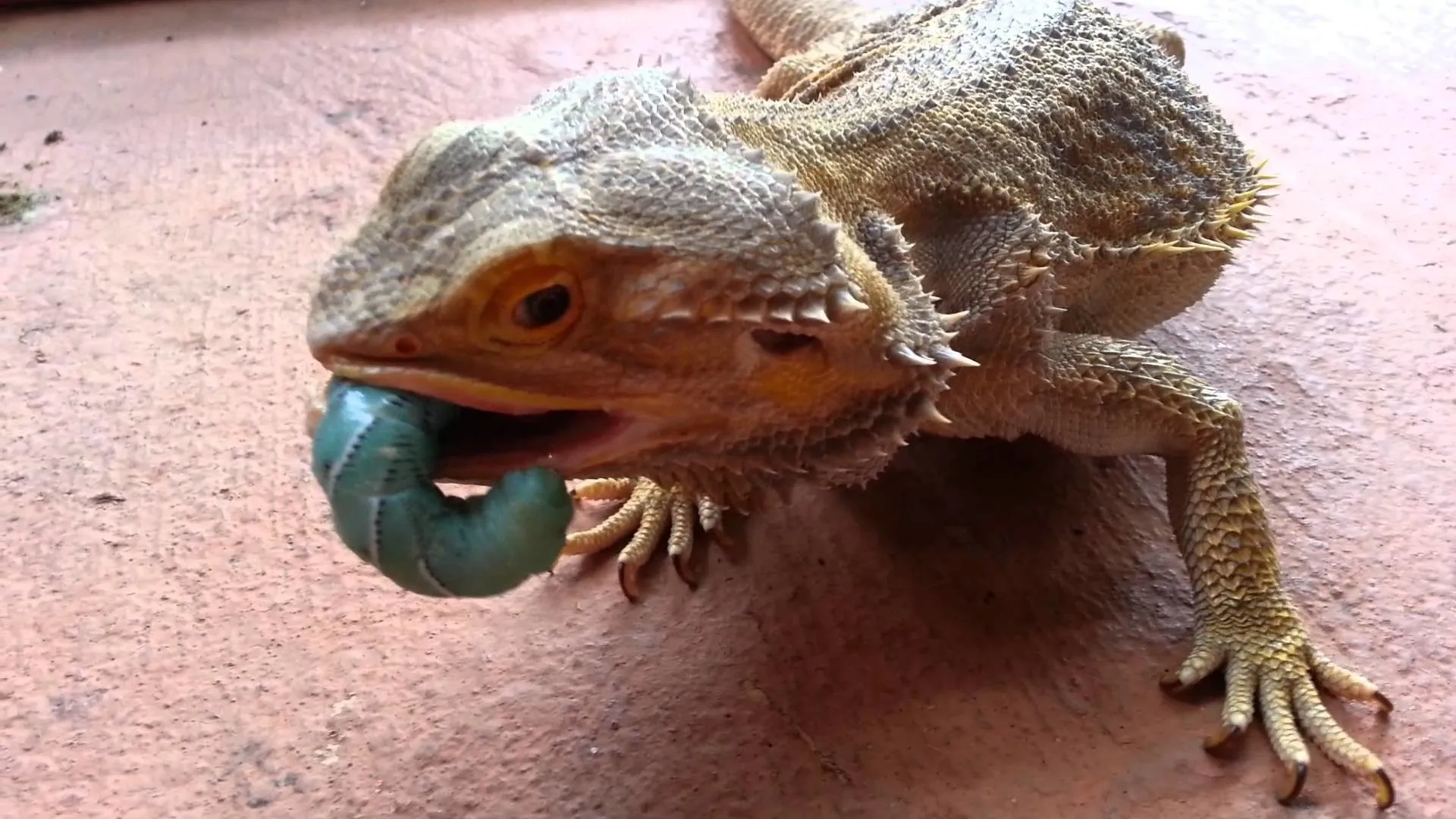
The aftermath of the encounter can be varied. If the bearded dragon successfully subdues the tarantula, it may consume it. The bearded dragon can consume the entire tarantula or just parts of the spider. The tarantula, however, can inflict injuries on the dragon, so the aftermath can involve seeking medical care, depending on the extent of the injuries. The dragon may experience a localized reaction to any venom or physical damage. If the tarantula manages to escape, the encounter may end without either side being victorious. In any case, observing the aftermath is a critical aspect of understanding the dynamics of this predator-prey relationship.
Is It Safe? Risks and Considerations
While bearded dragons may eat tarantulas in the wild, it is crucial to understand the potential risks involved in such encounters. The primary concerns are the tarantula’s venom and the hard exoskeleton. The venom can cause pain and localized swelling, and the exoskeleton can be difficult to digest. The size of the tarantula relative to the dragon is a crucial factor. A large tarantula poses a greater threat, and a smaller tarantula is more easily consumed. Additionally, the health of the bearded dragon matters. A healthy dragon is more likely to withstand the encounter. Considering these risks will help inform the decisions made when interacting with these animals.
Nutritional Value of Tarantulas
Tarantulas can provide some nutritional value to bearded dragons, similar to other insects. They contain protein, which is essential for muscle development, and also provide other nutrients. However, the nutritional content can vary depending on the species of tarantula. The high chitin content in the exoskeleton of a tarantula can make them harder to digest. This can cause digestive issues. While not entirely devoid of nutritional benefits, tarantulas should not be the primary source of nutrition for a bearded dragon. A varied diet with other insects and plant matter will provide complete nutrition.
Potential Hazards
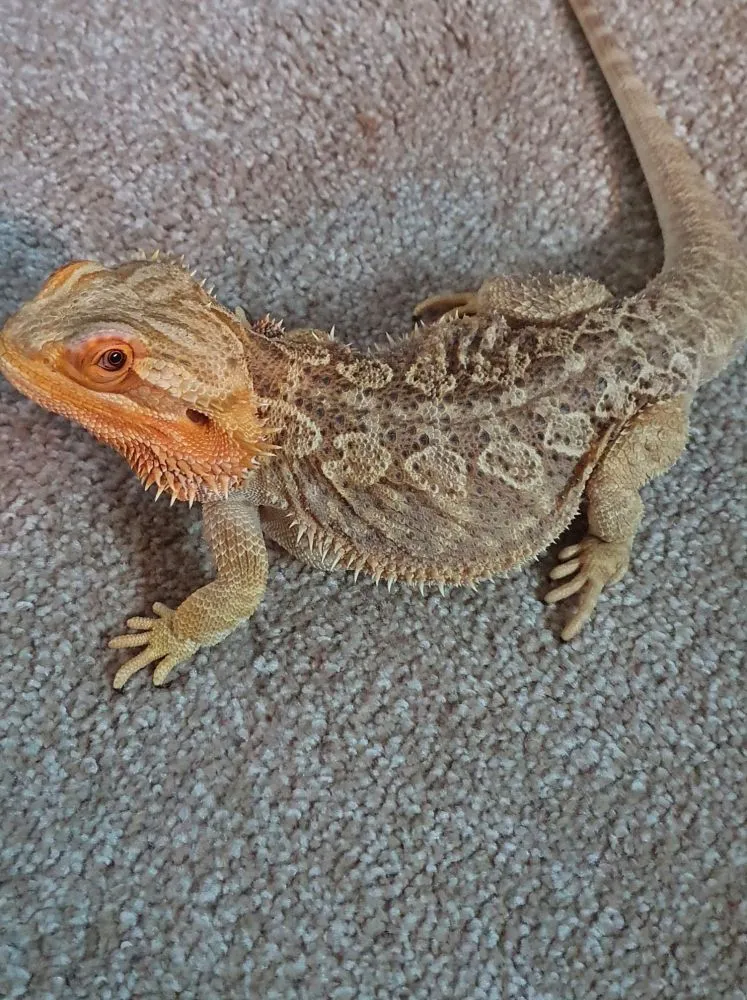
Several hazards are associated with a bearded dragon eating a tarantula. The most significant risk is the tarantula’s venom, which can be painful and cause localized reactions. The hard exoskeleton of the tarantula can be difficult to digest, potentially leading to digestive upset or impaction. In rare instances, allergies or other sensitivities in the bearded dragon could cause complications. Furthermore, the size of the tarantula relative to the dragon is an important factor. Large tarantulas can pose a greater threat, and a small dragon might struggle to consume or digest a large spider. It’s important to consider the safety of the dragon before letting it interact with a tarantula.
Preventative Measures and Safety
To ensure the safety of your bearded dragon, it is essential to avoid any unnecessary interactions with tarantulas. Do not house them together. If you are concerned about your pet’s health, consult with a veterinarian. Providing a healthy and balanced diet is essential, and avoid exposing your bearded dragon to potential hazards. A controlled environment reduces any possible risks. Prioritize the dragon’s well-being by making informed choices and avoiding unnecessary risks. This is critical to protecting the health and well-being of your bearded dragon.
The Verdict
The interaction between a bearded dragon and a tarantula is a captivating glimpse into the natural world, showcasing the dynamics of predator and prey. While a bearded dragon may occasionally eat a tarantula, the risks often outweigh the benefits. The potential for injury from the tarantula’s defenses and the difficulty of digestion make this encounter a dangerous one. It is best to avoid such encounters by keeping them separate in captivity and providing a well-balanced diet of safer food options. Understanding these factors is key to ensuring the well-being of your pet.
Final Thoughts
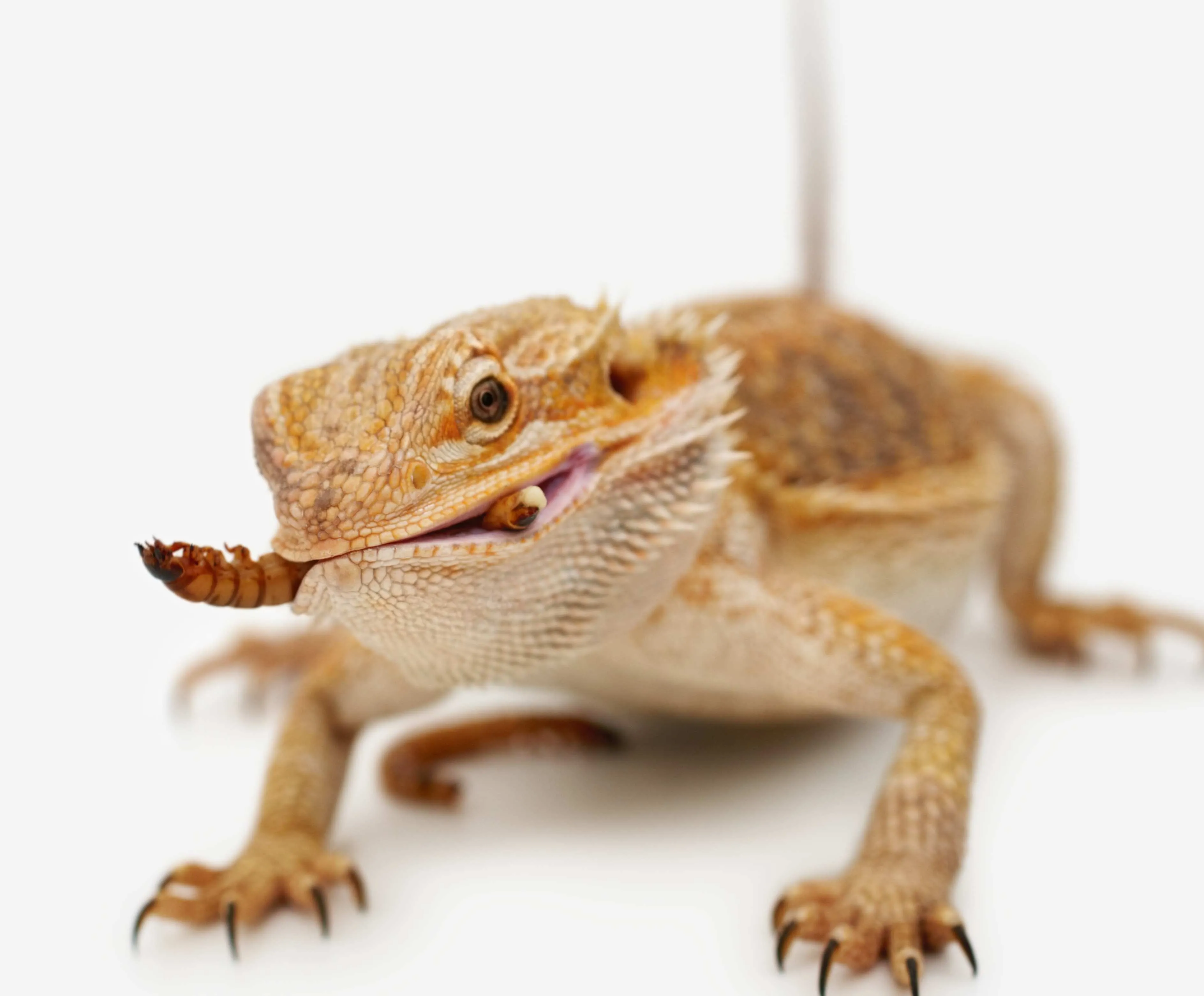
The dynamic of a bearded dragon and a tarantula is a fascinating example of the intricate relationships found in nature. Observing such encounters highlights the inherent risks that come with being a predator. Responsible pet ownership is critical when it comes to reptiles. By understanding the behaviors and needs of these creatures, you can help provide a safe and enriching environment. The focus should always be on the well-being of your pets and the prevention of any unnecessary risks. Always prioritize your pet’s health.
